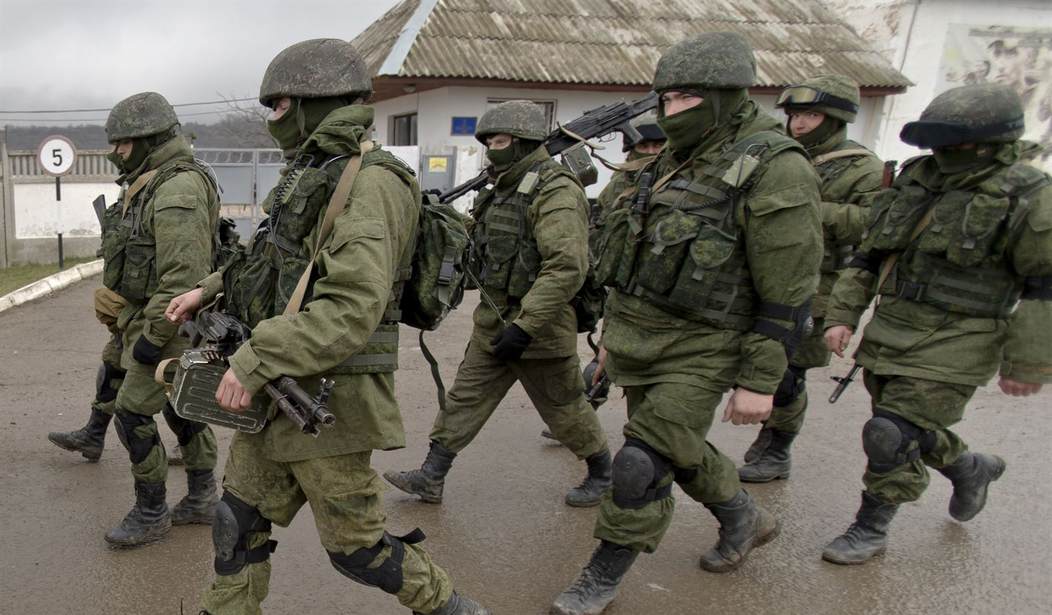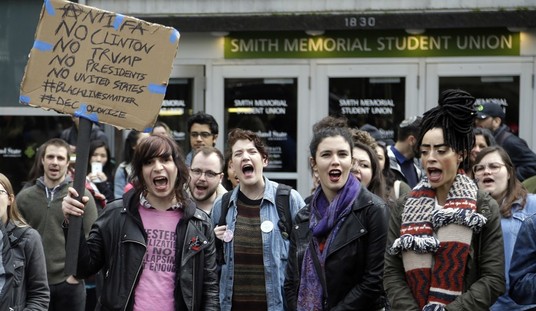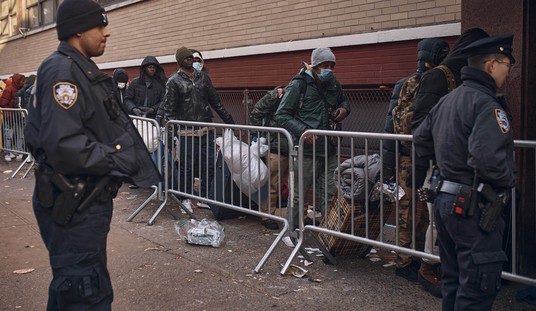The drone wars continue in both Ukraine and Russia this week. The latest major strike took place over the weekend, though it wasn’t reported immediately. A Ukrainian drone reportedly hit an ammunition depot in central Crimea, triggering an explosion and leading to the evacuation of Russian civilians within three miles of the strike. No casualties were reported. Breaking with their usual pattern of not commenting, the Ukrainian government confirmed that they had destroyed “an oil depot” and some Russian arms warehouses. Russia seized the Crimea region nearly ten years ago, but this is one of the first incidents since the war began where we’re seeing attacks in that area. (AP)
A Ukrainian drone hit an ammunition depot in central Crimea on Saturday, sparking an explosion, less than a week after a predawn strike on a key bridge linking the peninsula to Russia prompted Moscow to exit a landmark grain export deal and pound Ukraine’s seaports with drones and missiles.
Sergey Aksyonov, the Kremlin-appointed head of the territory that Moscow illegally annexed from Ukraine in 2014, said in a Telegram post that there were no immediate reports of casualties but that authorities were evacuating civilians within a five-kilometer (three-radius) of the blast site.
The Ukrainian military appeared to confirm it had launched the drone strike, claiming through its press service that it had destroyed an oil depot and Russian arms warehouses in the Krasnohvardiiske area, although without specifying what weapons were used.
This attack inside of the Crimean region, much like the recent strikes on the Kerch Bridge, is likely more symbolic than anything else. Ukraine hasn’t been able to close the bridge for any significant length of time, though they’ve done some serious damage. The Russians consider Crimea to be theirs at this point, and why wouldn’t they? Back in 2014 when they rolled in and took the area over, most of the world failed to respond with anything more than a strongly worded letter. There certainly wasn’t a global response like we’re seeing with the current invasion.
Zelensky has repeatedly made statements about his intention to drive Russia out of Crimea and retake all of the territory his country has lost to the Kremlin over the past decade. But that’s looking increasingly unrealistic, particularly now that the Ukrainian spring counteroffensive is essentially stalled. The battle lines have barely moved at all since June and the majority of the fighting at this point is being conducted using long-range missiles and drones.
Drone attacks by both sides have been stepping up, particularly in the southeastern portion of the country near Odesa and Mariupol. Both the Ukrainians and the Russians have been deploying electronic countermeasures developed to disrupt and bring down the drones. The Russians are increasingly relying on less effective Iranian drones as they deplete their own supplies. Meanwhile, Ukraine has received more than 1,000 “kamikaze” Switchblade drones from the United States, along with other types from various NATO allies. Ukraine has been pushing to receive some of our massive Reaper drones and the manufacturer has offered to sell them a couple, but the White House has been holding off because of the classified nature of the technology.
In recent years, military drones have been described by analysts as being “the future of warfare.” But the conflict in Ukraine is one of the first instances where we’ve seen this trend play out at scale. If we’re learning anything from this experience it’s that drones definitely bring advantages in combat. They allow for better surveillance of the battlefield without risking troops or expensive fighter jets. They can also aid in targeting and even deliver explosives, as we’ve seen yet again this week.
But drones are also proving that they really can’t be the mainstay of modern military muscle. The ultimate goal of warfare is to take (or retake in this case) territory. You can use drones to demolish the infrastructure of the enemy, but if you are unable to roll in with troops and armor to hold that turf, you haven’t really “taken it.” And both sides can continue aerial strikes against each other for as long as the supply of weapons holds out. That’s why the war in Ukraine is currently at a stalemate and it’s unlikely to change any time soon.








Join the conversation as a VIP Member